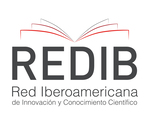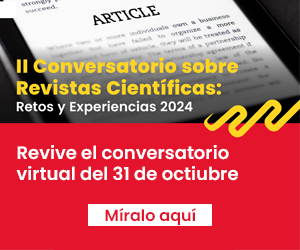Toxoplasmosis in cattle for human consumption in Lima, Peru
DOI:
https://doi.org/10.20453/stv.v10i1.4234Abstract
The objective of the study was to evaluate the presence of infection antibodies against Toxoplasma gondii in bovines intended for human consumption, taking into consideration the variables as factors associated with Toxoplasmosis: age group (2 to 3 years, more than 3 to 4 years and over 4 years), sex (female and male), breed (Holstein, Brown Swiss and Mestizo/Criollo) and origin (slaughterhouses located in the North, South, West and East of Lima). For this, blood was extracted from 385 bovines destined for human consumption, which were in 4 official slaughterhouses in Lima, Peru, the blood samples were analyzed using the Indirect Immunofluorescence technique (IFAT), considering animals with antibody titers as positive. equal to or greater than said 1:100 dilution. In addition, the 1:100 antibody titer was made in the positive sera. The results showed that 32.2 ± 4.7% (124/385) of cattle had a positive reaction to the presence of antibodies against T. gondii, no significant statistical difference was found between the variables. The titration of bovine antibodies showed animals with a positive reaction in the dilution of 1/100 (79/124), 1/200 (22/124),1/400 (13/124), 1:800 (6/124), 1:1600 (3/124) and 1:3200 (1/124) by IFAT. The present study evidences the presence of bovines intended for human consumption, seroreactors for T. gondii, a parasite whose form of transmission is the consumption of raw or undercooked meat, whether it comes from bovines or another species. Therefore, it is necessary to highlight the importance of the finding made, in order to develop sanitary measures aimed at ensuring the safety of food products and/or minimizing the possible risks that the consumption of these meat products may mean.
Downloads
Downloads
Published
How to Cite
Issue
Section
License
All articles published in Salud y Tecnología Veterinaria are under a Creative Commons Reconocimiento 4.0 International license.
The authors retain the copyright and grant the journal the right of first publication, with the work registered with the Creative Commons License, which allows third parties to use what is published whenever they mention the authorship of the work, and to the first publication in this magazine.
Authors can make other independent and additional contractual agreements for the non-exclusive distribution of the version published in this journal, provided they clearly indicate that the work was published in this journal.
The authors can file in the repository of their institution:
The research work or thesis of degree from which the published article derives.
The pre-print version: the version prior to peer review.
The Post-print version: final version after peer review.
The definitive version or final version created by the publisher for publication.












